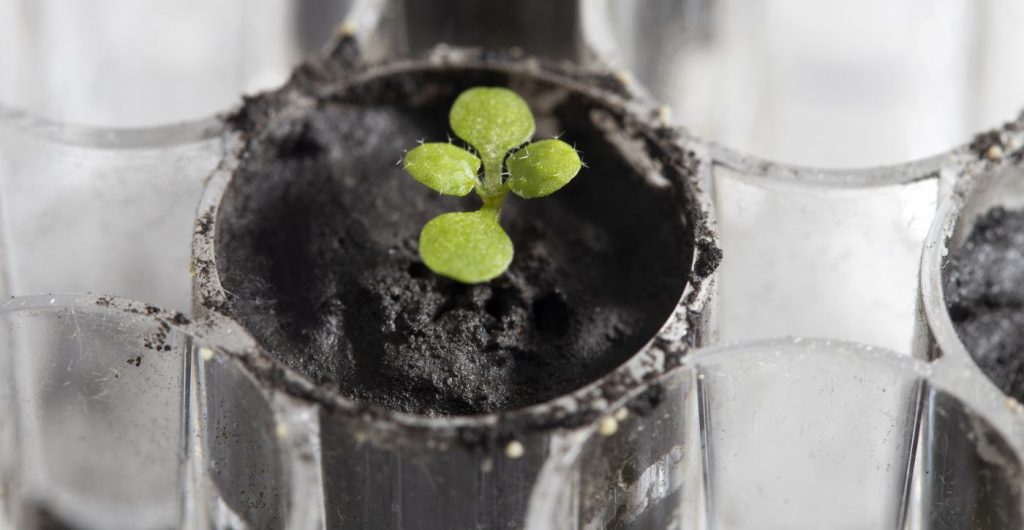
Food has been grown in soil collected from the moon for the first time, paving the way for human migration across the solar system.
Pioneers would be able to cultivate crops on other worlds—mirroring the plot of The Martian.
In the film, Matt Damon’s stranded astronaut character grows potatoes on the Red Planet to survive.
Now, in a case of life imitating art, scientists have cultivated cress in dirt, or regolith, that had been kept on Earth for half a century—since the Apollo missions.
It is a first step towards producing food and oxygen on the moon, or during space missions.
Over the next decade, NASA’s Artemis program will lay the foundation for a sustained colony on the lunar surface.
MORE: The Red Planet Has a New Zen Garden After Mars Rover Leaves Peaceful Tracks
It will use the moon to validate deep space systems and operations—before embarking on a manned voyage to Mars.
“Artemis will require a better understanding of how to grow plants in space,” co-author Professor Rob Ferl said. “For future, longer space missions, we may use the moon as a hub or launching pad. It makes sense that we would want to use the soil that’s already there to grow plants.
“So, what happens when you grow plants in lunar soil, something that is totally outside of a plant’s evolutionary experience? What would plants do in a lunar greenhouse? Could we have lunar farmers?”
RELATED: Helicopter Successfully Catches Earth-Bound Rocket in a ‘Supersonic Ballet’
The University of Florida team planted thale cress seeds in lunar soil picked up by the Apollo 11, 12, and 17 crews between 1969 and 1972.
They added water, nutrients, and light, and watched the edible spring salad green flourish.
A tiny ‘lunar garden’ was created from just a few teaspoons of the prized dirt specially loaned from NASA. The university was granted 12 grams—after 11 years of negotiations.
Thimble-sized wells in plastic plates normally used to culture cells were filled with a gram each of the lunar soil.
They were moistened with a cocktail of nutrients. Then a few seeds of cress were added to each ‘pot.’
Fresh growth
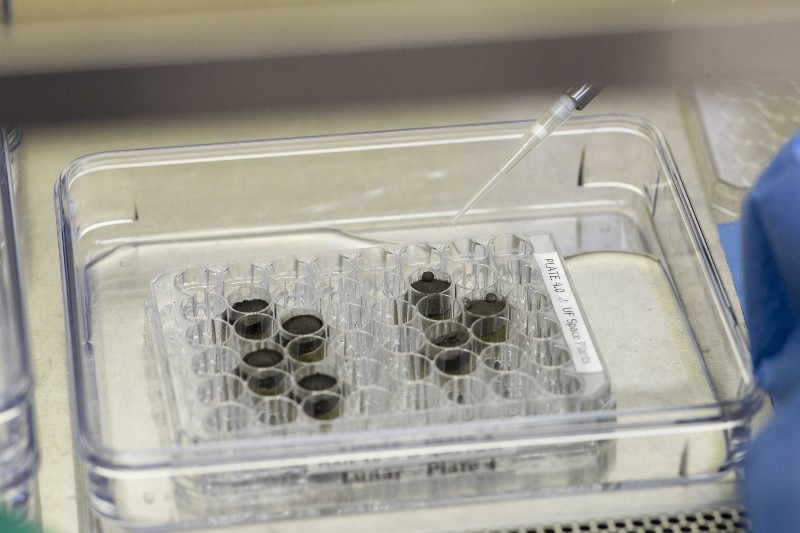
The horticulturalists weren’t sure if they would sprout, but nearly all of them did.
“We were amazed. We did not predict that,” co-author Prof Anna-Lisa Paul said. “That told us the lunar soils didn’t interrupt the hormones and signals involved in plant germination.”
LOOK: Scientists Figure Out the Origin of Splendid Dunes on Jupiter’s Icy Moon
It opens the door to “resource independence” from Earth.
NASA and Elon Musk’s SpaceX are committed to sending people to Mars in the near future.The logistical challenges are huge. Transporting food all the way from Earth would be impractical. Producing it locally is imperative.
Damon’s character in the sci-fi blockbuster fertilizes Martian soil with faeces—slicing potatoes and planting the cuttings. He grows enough food to last hundreds of days.
Even in the early days of lunar exploration, plants played an important role, said Prof. Paul. She explained, “Plants helped establish that the soil samples brought back from the moon did not harbour pathogens or other unknown components that would harm terrestrial life. But those plants were only dusted with the lunar regolith and were never actually grown in it.”
Prof. Paul and Prof. Ferl are internationally recognised experts in the field of plants in space. They have sent experiments on space shuttles, to the International Space Station and on suborbital flights.
CHECK OUT: NASA Develops ‘Lunar Backpack’ to Aid New Moon Explorers
Thale cress, or Arabidopsis, is native to Europe, Asia, and Africa. It is widely used in research because its genetic code has been fully mapped.
Cultivation in the lunar soil shed fresh light on how plants would be affected—down to the level of gene expression.
Seeds were also planted in basaltic and volcanic ash from Earth, as well as simulated Martian soils, which acted as controls.
Over time, differences were observed. Some ‘lunar’ plants were smaller, grew more slowly, or were more varied in size than their counterparts.
These were signs they were working to cope with the chemical and structural make-up of the moon’s soil—which was confirmed by gene expression analysis.
One giant leap
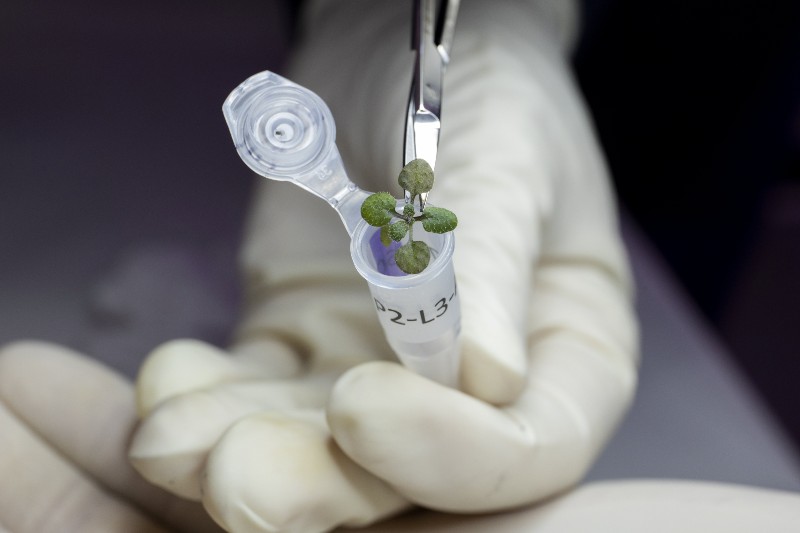
“At the genetic level, the plants were pulling out the tools typically used to cope with stressors, such as salt and metals or oxidative stress. So we can infer the plants perceive the lunar soil environment as stressful,” Prof Paul said. “Ultimately, we would like to use the gene expression data to help address how we can ameliorate the stress responses to the level where plants – particularly crops – are able to grow in lunar soil with very little impact to their health.”
The study also found plants with the most signs of stress were those grown in what geologists call mature lunar soil.
Exposed to more cosmic wind, that alters their makeup. Those grown in comparatively younger soils fared better. Growing may also change the soils themselves.
“The Moon is a very, very dry place. How will minerals in the lunar soil respond to having a plant grown in them, with the added water and nutrients? Will adding water make the mineralogy more hospitable to plants,” co-author Dr Stephen Elardo questioned.
Follow-up studies will build on these questions and more. For now, the researchers are celebrating ‘growing plants on the moon’.
SHARE the Far Our News With All Your Space-Loving Chums…


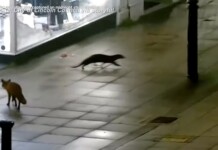

















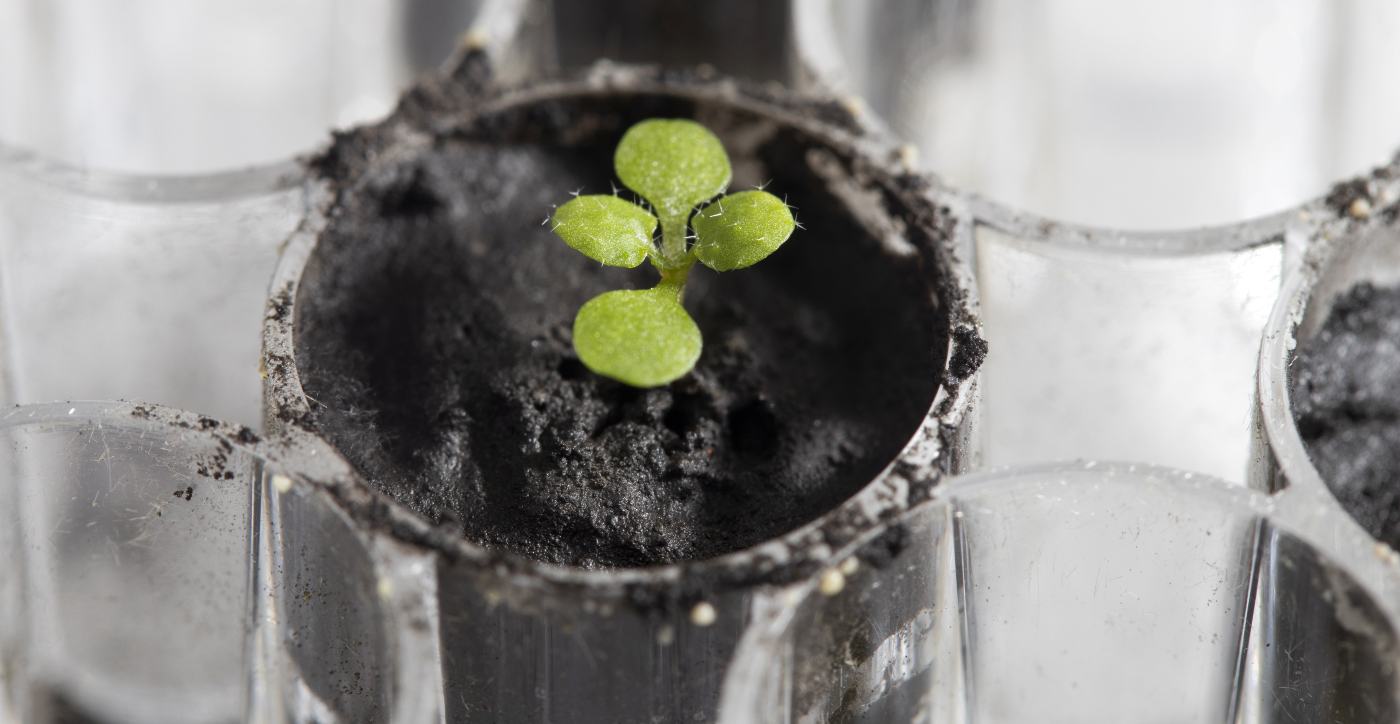
The average temperature on Mars is 50 degrees below zero Fahrenheit. Try growing food in Alaska during the winter first, without any water, before trying it on Mars. Let’s clean up Earth because there’s no place like our Home Planet!